Top Rankings
Paulsboro School District ranks among the top 20% of public school district in New Jersey for:
Category
Attribute
Diversity
Most diverse schools (Top 1%)
For the 2025 school year, there is 1 public preschool serving 324 students in Paulsboro School District.
Public Preschools in Paulsboro School District have a diversity score of 0.72, which is more than the New Jersey public preschool average of 0.71.
Minority enrollment is 82% of the student body (majority Black), which is more than the New Jersey public preschool average of 64% (majority Hispanic).
Overview
This School District
This State (NJ)
# Schools
4 Schools
924 Schools
# Students
1,272 Students
368,931 Students
# Teachers
110 Teachers
33,283 Teachers
Student : Teacher Ratio
12:1
12:1
District Rank
Paulsboro School District, which is ranked within the bottom 50% of all 646 school districts in New Jersey (based off of combined math and reading proficiency testing data) for the 2021-2022 school year.
The school district's graduation rate of 75-79% has decreased from 85-89% over five school years.
Overall District Rank
#643 out of 650 school districts
(Bottom 50%)
(Bottom 50%)
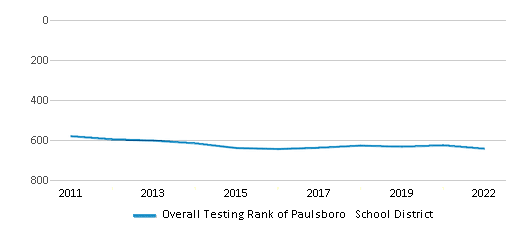
Math Test Scores (% Proficient)
6%
36%
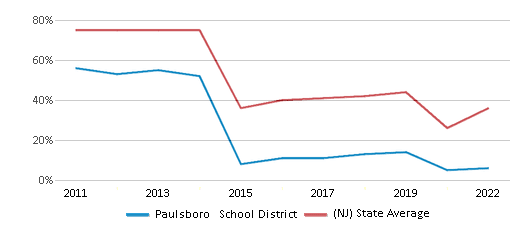
Reading/Language Arts Test Scores (% Proficient)
14%
49%
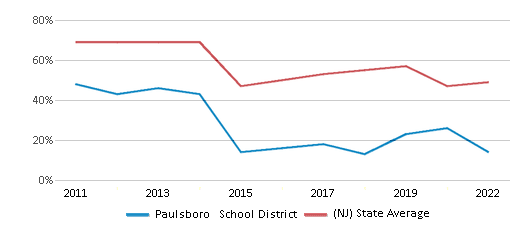
Science Test Scores (% Proficient)
3%
23%
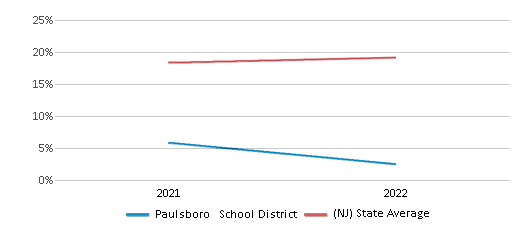
Graduation Rate
75-79%
85%
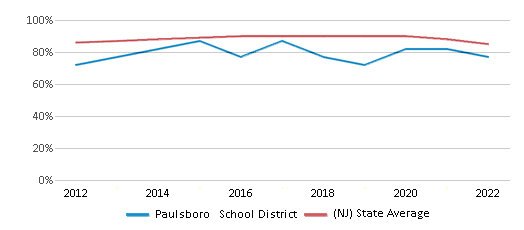
Students by Ethnicity:
Diversity Score
0.70
0.71
# American Indian Students
3 Students
901 Students
% American Indian Students
n/a
n/a
# Asian Students
9 Students
30,033 Students
% Asian Students
1%
8%
# Hispanic Students
335 Students
132,928 Students
% Hispanic Students
26%
36%
# Black Students
543 Students
58,834 Students
% Black Students
43%
16%
# White Students
283 Students
132,766 Students
% White Students
22%
36%
# Hawaiian Students
2 Students
790 Students
% Hawaiian Students
n/a
n/a
# Two or more races Students
97 Students
12,631 Students
% of Two or more races Students
8%
4%
Students by Grade:
# Students in PK Grade:
80
59,693
# Students in K Grade:
78
56,070
# Students in 1st Grade:
79
51,032
# Students in 2nd Grade:
87
50,036
# Students in 3rd Grade:
85
42,983
# Students in 4th Grade:
97
37,934
# Students in 5th Grade:
79
29,352
# Students in 6th Grade:
90
15,586
# Students in 7th Grade:
82
11,676
# Students in 8th Grade:
90
11,589
# Students in 9th Grade:
131
663
# Students in 10th Grade:
104
626
# Students in 11th Grade:
94
579
# Students in 12th Grade:
96
1,080
# Ungraded Students:
-
32
District Revenue and Spending
The revenue/student of $23,488 in this school district is less than the state median of $26,931. The school district revenue/student has declined by 10% over four school years.
The school district's spending/student of $22,513 is less than the state median of $25,828. The school district spending/student has declined by 10% over four school years.
Total Revenue
$30 MM
$36,642 MM
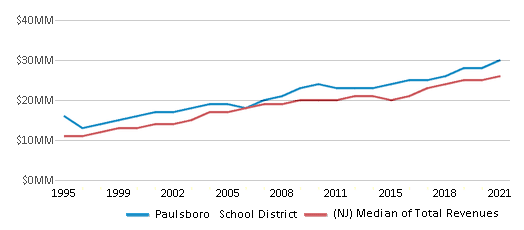
Spending
$29 MM
$35,142 MM
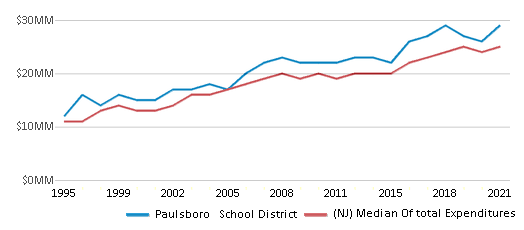
Revenue / Student
$23,488
$26,931
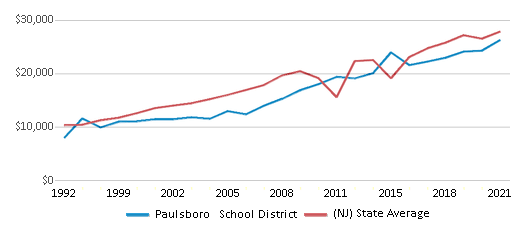
Spending / Student
$22,513
$25,828
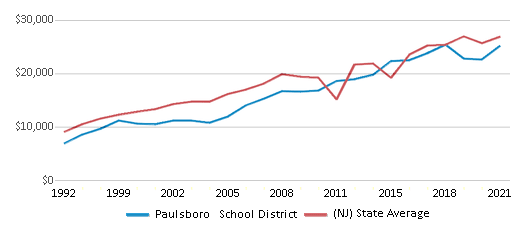
Best Paulsboro School District Public Preschools (2025)
School
(Math and Reading Proficiency)
(Math and Reading Proficiency)
Location
Grades
Students
Rank: n/an/a
441 Nassau Ave
Paulsboro, NJ 08066
(856) 423-2226
Paulsboro, NJ 08066
(856) 423-2226
Grades: PK-2
| 324 students
Recent Articles

What Is A Charter School?
Explore the world of charter schools in this comprehensive guide. Learn about their history, how they operate, and the pros and cons of this educational innovation. Discover key facts about charter schools, including admission policies, demographics, and funding, as well as what to look for when considering a charter school for your child.

10 Reasons Why High School Sports Benefit Students
Discover the 10 compelling reasons why high school sports are beneficial for students. This comprehensive article explores how athletics enhance academic performance, foster personal growth, and develop crucial life skills. From improved fitness and time management to leadership development and community representation, learn why participating in high school sports can be a game-changer for students' overall success and well-being.

February 05, 2025
Understanding the U.S. Department of Education: Structure, Impact, and EvolutionWe explore how the Department of Education shapes American education, from its cabinet-level leadership to its impact on millions of students, written for general audiences seeking clarity on this vital institution.





